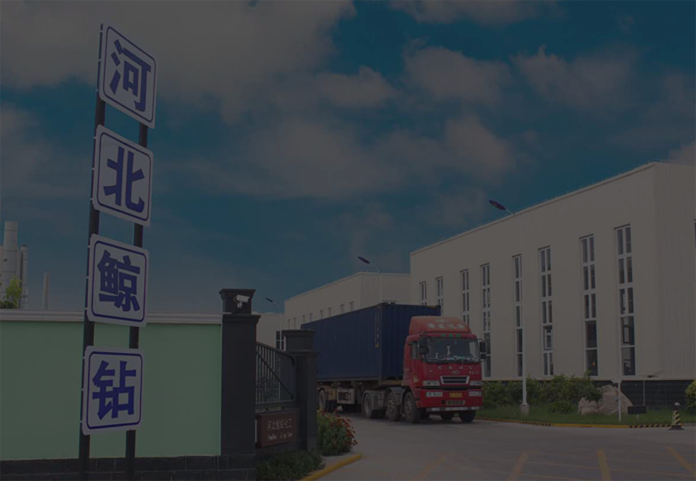
Dec . 04, 2024 09:09 Back to list
Analysis of RDP Powder Pricing Trends and Market Dynamics
Understanding RDP Powder Pricing A Comprehensive Overview
The market for RDP (Redispersible Polymer Powder) has been witnessing significant changes in pricing influenced by various factors, including raw material costs, production processes, global demand, and economic conditions. RDP is a crucial component in the construction and building industries, often used as a binder in dry-mix mortars, tile adhesives, and other construction materials. Its ability to enhance adhesive strength, flexibility, and water resistance makes it indispensable for contractors and manufacturers. Given its importance, understanding the factors affecting RDP powder prices is crucial for both suppliers and end-users.
Factors Influencing RDP Powder Prices
1. Raw Material Costs The primary ingredients used to manufacture RDP powder include various polymers and additives. Fluctuations in the prices of these raw materials directly impact the overall cost of RDP. For instance, the availability and pricing of vinyl acetate ethylene (VAE) emulsions, a key component in RDP, can significantly affect the production costs. Any disruptions in the supply chain, whether due to geopolitical tensions, natural disasters, or economic sanctions, can lead to price spikes in raw materials, consequently influencing the price of RDP powder.
2. Production Process The manufacturing process of RDP powder is complex and involves multiple stages, including emulsification, drying, and milling. The efficiency and technology used in production can also impact pricing. Companies that invest in advanced manufacturing techniques may benefit from reduced production costs, enabling them to offer competitive pricing. Conversely, those with outdated technology may face higher costs, which will be reflected in the price of the final product.
3. Global Demand and Supply Dynamics The demand for RDP powder is closely tied to the construction industry's health. A booming construction industry in regions like Asia-Pacific and the Middle East enhances the demand for RDP powder, leading to potential price increases. Conversely, economic downturns or slowdowns in major markets can lead to decreased demand and lower prices. Additionally, supplier dynamics play a significant role, with limited suppliers often leading to higher prices due to reduced competition.
4. Regulatory Factors Compliance with environmental regulations is another factor influencing pricing. The production of RDP powder is subject to various regulations aimed at reducing environmental impact. Companies that operate in compliance with these regulations may incur additional costs, which can be passed on to consumers in the form of higher prices.
rdp powder price

5. Market Trends Emerging trends in the construction industry, such as the increased use of eco-friendly materials, can also affect RDP powder prices. Manufacturers investing in sustainable production methods or offering bio-based alternatives may charge a premium, while traditional RDP powder prices may remain stable or decline as market competition intensifies.
Current Market Trends
As of late 2023, the RDP powder market is reflective of a post-pandemic recovery in the construction sector, with demand surging due to infrastructure projects and residential construction. As countries ramp up their construction activities, particularly in emerging markets, RDP powder prices have seen upward pressure. On the other hand, technological advancements in production processes are enabling some manufacturers to minimize costs, resulting in competitive pricing strategies that are beneficial for consumers.
Despite these positive trends, volatility remains a concern. The geopolitical landscape, notably the ongoing tensions in various regions, can lead to unforeseen supply chain disruptions, hence impacting prices. Furthermore, the rising focus on sustainability and green construction is likely to shape the market dynamics in the coming years, potentially leading to price fluctuations based on environmental compliance costs.
Conclusion
In conclusion, the pricing of RDP powder is shaped by a confluence of factors including raw material costs, production efficiencies, global supply and demand, regulatory compliance, and evolving market trends. Stakeholders in the construction industry must remain vigilant and adaptable to these changes to effectively manage costs and make informed purchasing decisions. A comprehensive understanding of these dynamics not only aids businesses in strategic planning but also ensures the sustainability and growth of the RDP powder market in an ever-evolving economic landscape. As the industry continues to grow, staying ahead of these trends will be key to capitalizing on the opportunities presented by RDP powder in the market.
-
Versatile Hpmc Uses in Different Industries
NewsJun.19,2025
-
Redispersible Powder's Role in Enhancing Durability of Construction Products
NewsJun.19,2025
-
Hydroxyethyl Cellulose Applications Driving Green Industrial Processes
NewsJun.19,2025
-
Exploring Different Redispersible Polymer Powder
NewsJun.19,2025
-
Choosing the Right Mortar Bonding Agent
NewsJun.19,2025
-
Applications and Significance of China Hpmc in Modern Industries
NewsJun.19,2025







